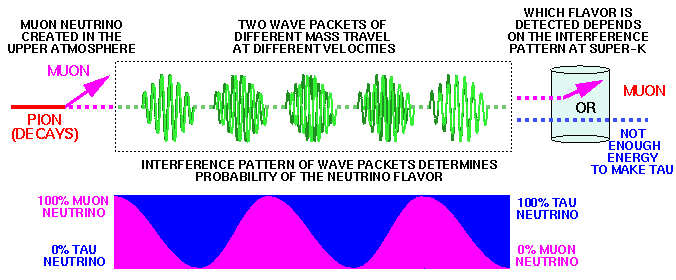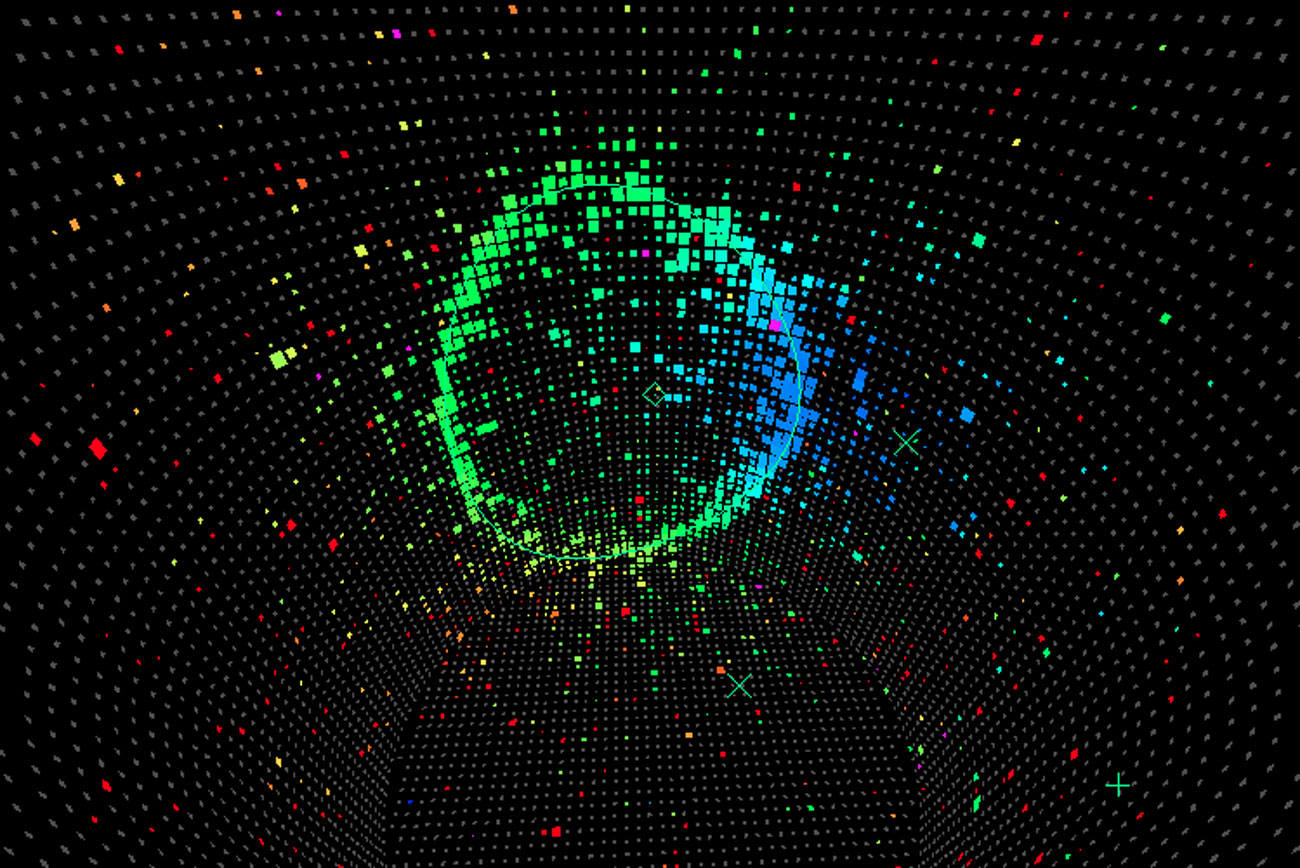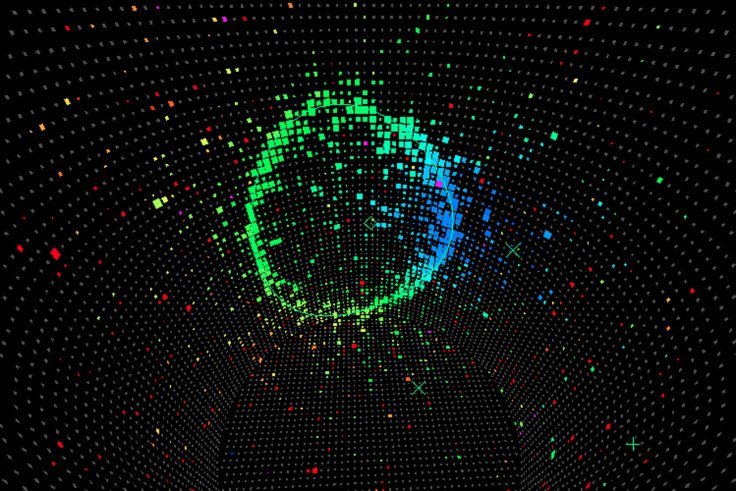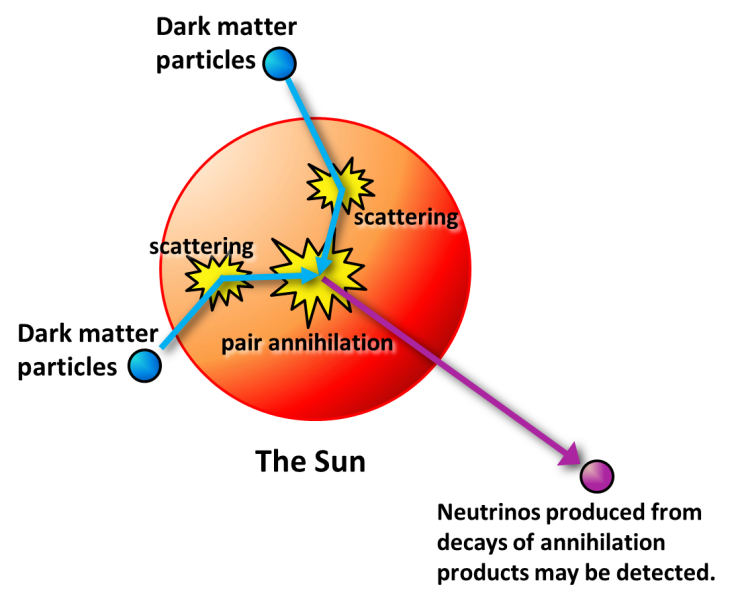As we know universe is full of wonders and amazing facts. One or more facts reveal everyday which bring us the new world of different findings to provide new dimensions to the universe. Neutrinos are also one of those subatomic particles which opened the new chapter in science dealing with astronomy, quantum physics, particle physics, nuclear physics and many more.
Unlike elections, protons, neutrons and other subatomic particles neutrino does not found in atom. It’s creation is different from that of earlier ones. Until discovery of Neutrinos, electrons were considered as the lightest particles, but later neutrinos are the lightest particles among all is confirmed. As we know that electrons and protons carry negative and positive charge respectively, rather neutrinos don’t carry any electric charge. They are chargeless particles. Also, neutrinos aren’t massless which as considered earlier rather they have mass but very negligible one as compared to other particles.
These neutrinos are also called as ‘ghost particles‘ because of their unique properties (which are discussed below).
How Neutrinos produce?
Mostly the Neutrinos are the result of solar radiations. Moreover, neutrinos can also be obtained through supernovas, star explosion and nuclear reactions on the earth.
Super Kamionkande research says tht neutrinos are the result of ‘Annihilation of Captured Low-Mass Dark Matter Particles in the Sun’. Super Kamionkande Study
The formation of neutrinos from the various reactions it very interesting process and subject of separate study.
Types of Neutrinos:-
There are three types of neutrinos:
1) electron neutrino,
2) muon neutrino, and
3) tau neutrino.
The different masses of the three mass-type neutrinos cause the original electron-neutrino, as it travels, to become a mixture of a electron-neutrino with a muon-neutrino and a tau-neutrino. The amount of mixing depends on the differences in velocities, and hence on the energy of the original neutrino and on the difference in the masses (actually the difference between the squares of the masses) of the neutrinos.

Source
Neutrinos: The ‘ghost particles’:-
Neutrinos are also called as ‘ghost particles‘ as they are not easy to identify and capture. They rarely come in contact of other particles and interact with them. They mostly exhibit the invisible properties like any ghost. Hence neutrinos named so.
Properties of Neutrinos:-
- Earlier they were considered as massless particles but after discovery of Neutrinos Oscillation phenomenon, it is confirmed that they have very less mass, i.e. 2.5lakh times less than that of electrons.
- One neutrino very rarely colloids with other one. They rarely come in contact with others and also interact very rarely.
- They exhibit the ‘Neutrinos Oscillation‘ phenomenon. The way neutrinos interact depends on a property called their “flavor”. According to quantum mechanics, if two (or more) neutrinos are composed of the same mass states but in different combinations, then the neutrino can oscillate from one flavor to another while it travels through space.
 Source: Neutrinos Oscillation
Source: Neutrinos Oscillation - They have no electric charge and very little reactive.
- They can penetrate through any object.
Hence, the discovery of Neutrinos explored the new world of particle physics and astronomy. Further researches and studies in field of Neutrinos will help to reveal the more facts of universe and it’s formation. Currently German Research Institute carrying it’s ‘KATRIN Experiment‘ to calculate the mass of the neutrinos which will further provide the greater evidences of formation of universe and it’s structure. KATRIN
In our country , Indian Neutrino Observatory at Tamil Nadu is also performing its task to study the neutrinos’ and their mass.
This new chapter will definitely put science beyond its boundaries and help to understand the universe more thoroughly.
References:-
- Katrin Experiment
- Neutrinos Types
- https://profmattstrassler.com/articles-and-posts/particle-physics-basics/neutrinos/neutrino-types-and-neutrino-oscillations/
- http://www.astro.wisc.edu/~larson/Webpage/neutrinos.html
©OceanicAmbage



Leave a comment